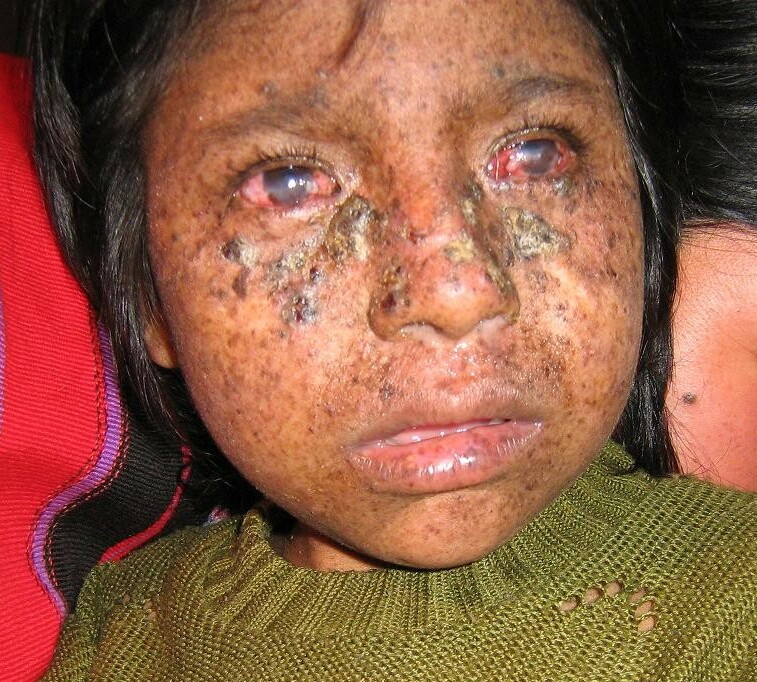Xeroderma Pigmentosum, Complementation Group E

A number sign (#) is used with this entry because xeroderma pigmentosum complementation group E is caused by homozygous mutation in the DDB2 gene (600811) on chromosome 11p11.
For background information on xeroderma pigmentosum, see 278700.
Clinical FeaturesKondo et al. (1988) studied 3 Japanese patients, aged 50, 42, and 41 years, with mild XP symptoms and no neurologic abnormalities. Two had developed basal cell carcinomas at ages 46 and 41 years.
Chu and Chang (1988) studied cells from 2 second-cousin patients with group E xeroderma pigmentosum who had a skin disease less severe than that seen in patients of several other complementation groups (de Weerd-Kastelein et al., 1974). Using an extension of the gel electrophoresis binding assay, Chu and Chang (1988) identified at least 1 nuclear factor that binds to DNA damaged by ultraviolet radiation or the antitumor drug cisplatin, but is notably absent in group E cells. The defect was not the result of a failure of protein transport to the nucleus since binding activity was absent in both the nuclear and cytoplasmic extracts. The nuclear factor was normally present in cells from groups A, B, C, D, F, G, and H. The absence of specific binding activity for damaged DNA in group E cells could be corrected by the addition of extracts from any 1 of these other groups, thus ruling out the possibility that group E cells contain a factor that inhibits binding activity.
Keeney et al. (1993) purified to near homogeneity from HeLa cells a DNA damage-binding protein (DDB1; 600045) implicated in xeroderma pigmentosum E. The protein was abundant and had a native molecular weight of about 160,000 as estimated by gel filtration and glycerol gradient sedimentation. DNA damage binding activity copurified with polypeptides of 124 and 41 kD. It appeared that the 2 polypeptides were subunits of a heterodimeric protein. Keeney et al. (1994) injected purified human DDB protein into XPE cells and showed that DNA repair was stimulated to normal levels in those strains that lacked the DDB activity but not in cells from other xeroderma pigmentosum groups or in the subset of XPE cells that contain the activity. These results provided direct evidence that defective DDB activity causes the repair defect in a subset of XPE patients, which in turn establishes a role for this activity in nucleotide-excision repair in vivo. Thus, there appear to be 2 types of xeroderma pigmentosum group E: a DDB-positive form and a DDB-negative form.
Molecular GeneticsNichols et al. (1996) identified mutations in the smaller component of the heterodimeric protein (p48), encoded by the DDB2 gene, in patients with the DDB-negative form of xeroderma pigmentosum group E. (600811.0001-600811.0002).
Cleaver et al. (1999) recommended that XPE be defined explicitly through molecular terms, because assignment by complementation in culture had been difficult.